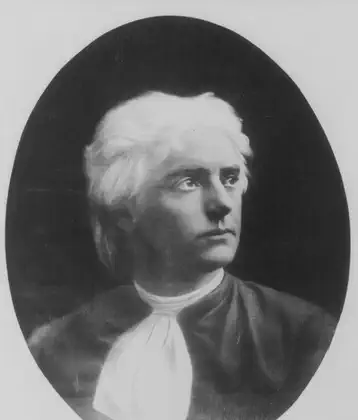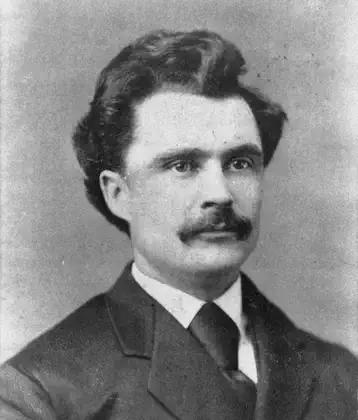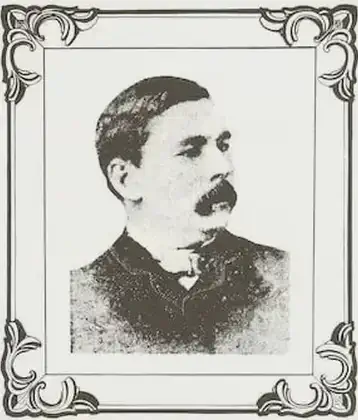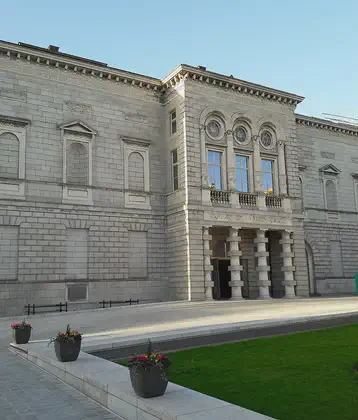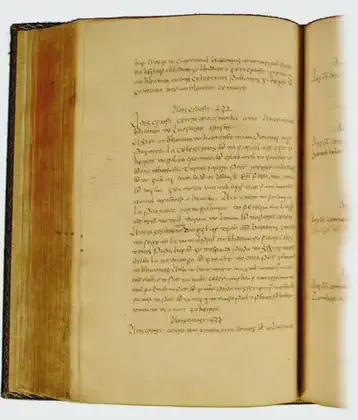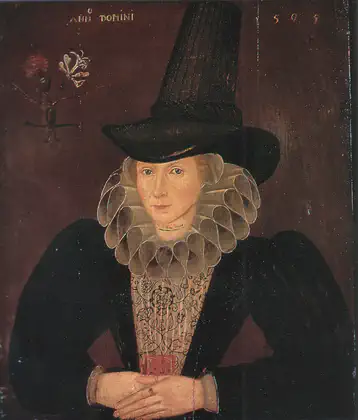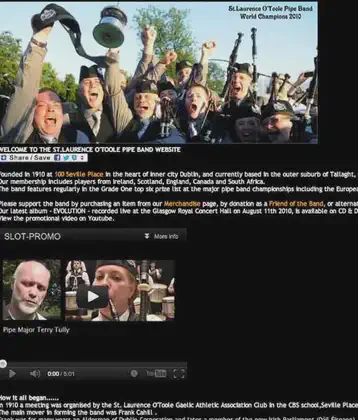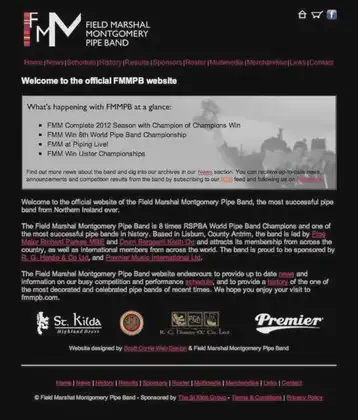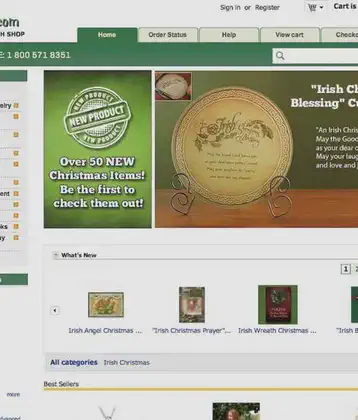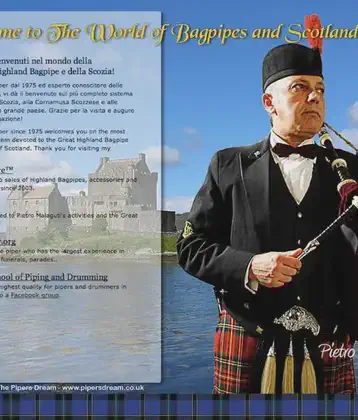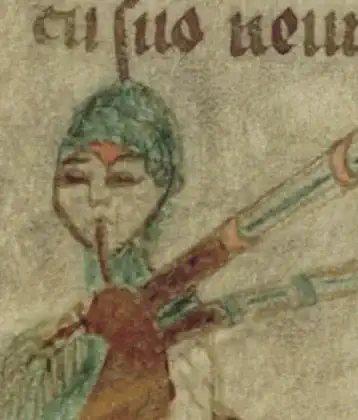August 10th , 1719
In the early 18th century, during a period of intense anti-Catholic sentiment and repression in Ireland, the House of Commons in the British Parliament proposed a harsh measure: that all unregistered Catholic priests in Ireland should be branded on the cheek. This proposal, however, was ultimately abandoned and never implemented.
Background
Penal Laws: The proposal emerged during the enforcement of the Penal Laws, a series of laws imposed by the English government in Ireland that were designed to suppress Catholicism and strengthen Protestant dominance. These laws severely restricted the rights of Catholics, including their ability to practice their religion, own land, and participate in politics.
Anti-Catholic Sentiment: The Penal Laws reflected the deep-seated fear and distrust of Catholicism among the ruling Protestant elite in England and Ireland. The Catholic Church was seen as a potential source of rebellion and a threat to the Protestant Ascendancy, particularly given the ongoing conflicts between Catholic powers in Europe and Protestant England.
The Branding Proposal
Proposal to Brand Priests: In the early 1700s, the House of Commons considered a draconian proposal to brand all unregistered Catholic priests on the cheek. The purpose of this measure was to identify and stigmatize priests who continued to practice and minister to their congregations without registering with the authorities, as required by law. Branding would have made it nearly impossible for these priests to evade detection or continue their ministry.
Unregistered Priests: Catholic priests were required to register with the government and take an oath of allegiance to the Crown. Many priests refused to do so, either out of loyalty to the Catholic Church or fear of excommunication, thereby becoming “unregistered” and subject to persecution.
Abandonment of the Plan
Opposition and Practicality: The proposal to brand priests faced opposition, not only from the Catholic population but also from some Protestant leaders who saw it as excessively harsh and difficult to enforce. There were also practical concerns about the implementation of such a measure and the potential for it to provoke further unrest in Ireland.
Abandonment: Ultimately, the branding proposal was abandoned, likely due to a combination of practical, political, and humanitarian concerns. While the Penal Laws continued to be enforced, the branding of priests was never carried out.
Legacy
Continuing Persecution: Although the branding proposal was dropped, the Penal Laws remained in force for much of the 18th century, leading to widespread suffering among Irish Catholics. These laws contributed to the marginalization of Catholics and the entrenchment of the Protestant Ascendancy in Ireland.
Resistance and Reform: The harshness of the Penal Laws, including proposals like the branding of priests, eventually led to increased resistance and calls for reform. Over time, these laws were gradually relaxed, and significant milestones such as the Catholic Relief Acts and Catholic Emancipation in the early 19th century allowed Catholics to regain many of their rights.
The proposal to brand unregistered Catholic priests on the cheek is a stark reminder of the severe repression faced by Irish Catholics under the Penal Laws. While this particular measure was never implemented, its very consideration reflects the extreme measures that were contemplated to control and suppress the Catholic population in Ireland during that period.


